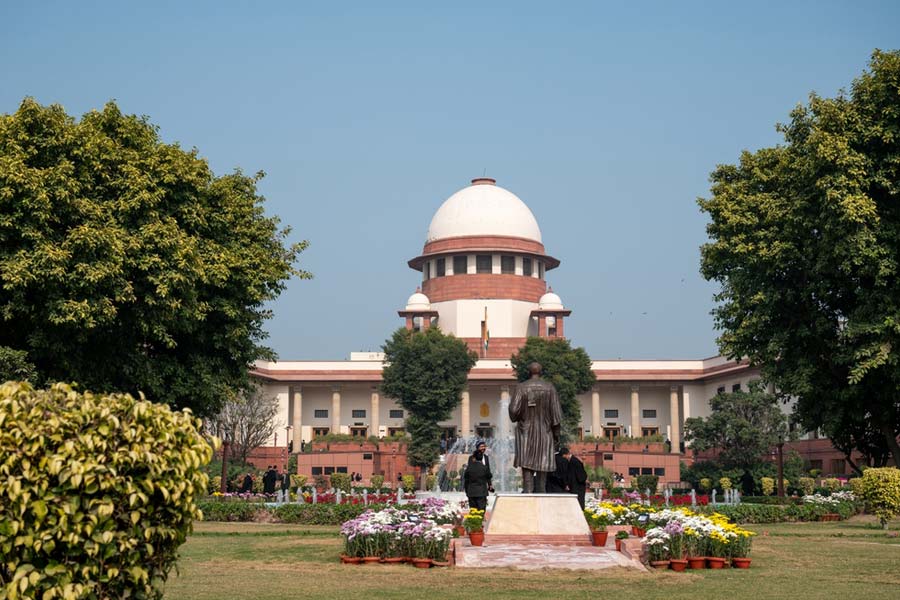Judges have sometimes spoken their mind after retirement. The Supreme Court judge and a member of the collegium, Hrishikesh Roy, who retired recently, said in an interview that the Supreme Court has soft options only when dealing with a judge’s inappropriate behaviour. The occasion of the remark was a reference to a recent informal discussion among judges regarding the reaffirmation of the ethics code. Inevitably, this led the interview to the most recent incident of a judge’s unacceptable conduct. Shekhar Yadav, a judge of the Allahabad High Court, made unpleasant remarks about a minority community at a meeting organised by the Vishwa Hindu Parishad. Mr Yadav refused to apologise for this before the Supreme Court collegium which he had been asked to meet. The chief justice of India has since instituted an in-house inquiry into the matter. Mr Roy enumerated the options before the collegium in such cases — counselling, transfer, holding back work, in-house inquiry or impeachment — and said that these were not very effective. The Supreme Court was not equipped to deal with these situations. For example, his remarks suggested that transferring had two problems. Sometimes the government would not carry out the transfer. Moreover, no state — he was asked about the Northeast but this is true of all states — would want to have a judge with a black mark foisted on it.
The reason the former judge gave for this ineffectuality was illuminating. Constitutional safeguards help judges to work with safety and independence. But these are also hurdles in the way of a strong institutional response to any judge’s misbehaviour. Mr Roy laid stress on the importance of the judge’s oath, the entry into a life where public and private conduct must reach a balance. In other words, it is the responsibility of the judge alone to behave according to his position. That is, institutional checkpoints are weak, especially when a judge is not inside a court. But such cases were few and far between, according to the former judge. That they do happen suggests that the choice or selection was wrong. In that case, the system was hardly helpful. The remarks point to certain in-built weaknesses in the judicial system. It would seem that a firmer institutional check-and-balance strategy is needed rather than just a reaffirmation of the ethics code.










